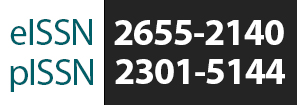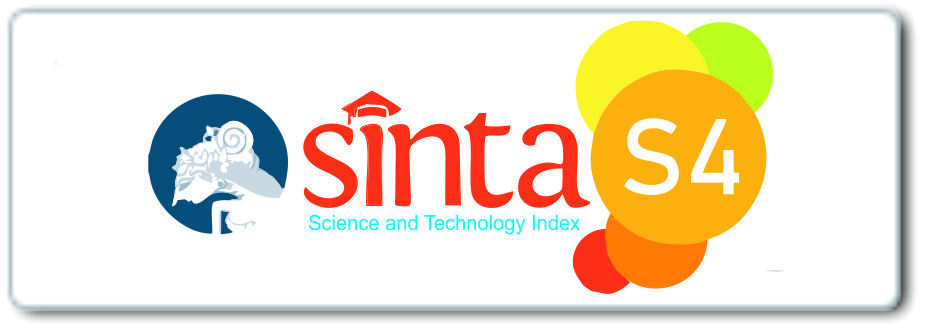Plexiglas as Painting Media
DOI:
https://doi.org/10.33375/vslt.v8i1.1235Keywords:
Plexiglas, Exploration, Glass PaintingAbstract
The research aim of art creation and presentation is to revitalize traditional glass painting in Indonesia by utilizing plexiglas flexibility as a medium in fine artwork. This is due to the use of glass as a medium is very heavy and easily broken when moved or taken for display. The research method used in the creation of art uses experimental method with the order of exploration stage, design stage, and realization stage. Exploration stage is an exploration activity that explores the source of ideas, including exploring plexiglass materials using various types of water-based and oil-based paints, as well as gravur and grinder techniques to erode the surface. Next is collecting data and references, as well as processing and analyzing data which results are used as the basic for making designs. Design Stage visualizes exploration results into various design alternatives which then the best is chosen and used as references in making works. Realization Stage is the process of manifesting the chosen design into the real work. Research showed that the use of plexiglass material as a medium of traditional glass painting has a very good results, and plexiglas can fully replace glass in terms of aplicable to various paint types, even plexiglas has excellence over ordinary glass that is water-based acrylic paint can be applied better in plexiglas and can fused (compound). Exploration of works visualization using plexiglas as medium has a very good result, as applied to ordinary glass. Exploration of works visualization has a very good result, some works still use traditional motifs and symbols combined with modern motifs and symbols with illustrative, expressionist and pop art style.
Downloads
Downloads
Published
Issue
Section
License
Authors who publish with Visualita agree to the following terms:
- Authors retain copyright and grant the journal right of first publication with the work simultaneously licensed under a Creative Commons Attribution-NonCommercial 4.0 International License.
- Authors are able to enter into separate, additional contractual arrangements for the non-exclusive public distribution and display of the journal's published version of the work (e.g., post it to an institutional repository or publish it in a book), with an acknowledgement of its initial publication in this journal.
- Authors wishing to include items (such as images or other media, or any creative works of others whether previously published or not) must contact the original copyright holder to obtain explicit permission to publish these items in Visualital. Writing permission should include: the title(s) of any copyrighted work, original place of publication if applicable, and an acknowledgement of having read Visualita copyright notice. Authors are responsible for obtaining this permission and keeping it in their own records for later verification.






